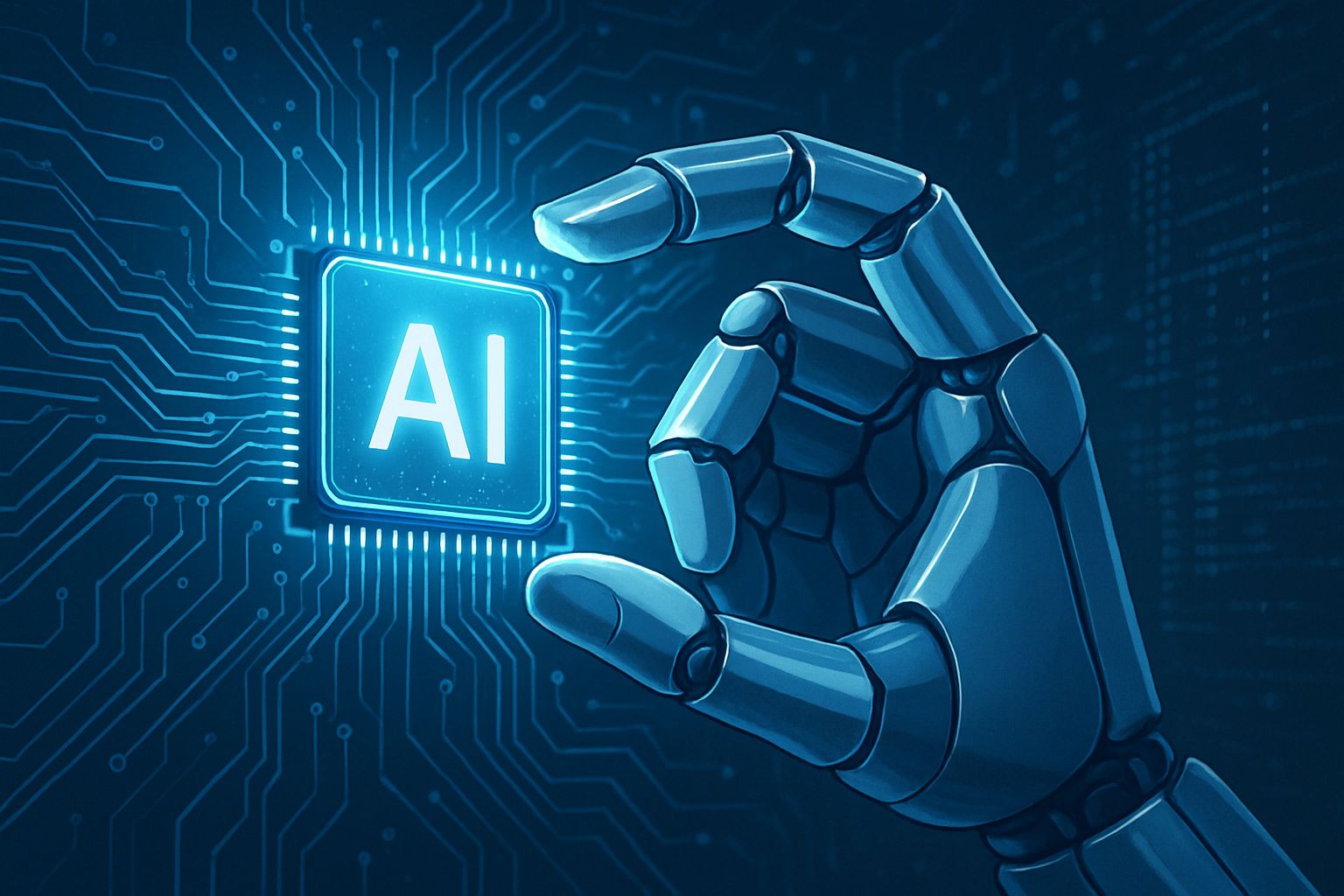
AI CERTS
8 hours ago
Tesla’s Optimus Raises Stakes for Humanoid Robots and AI Chips
However, technical questions persist after recent leadership changes and shifting production targets. Tesla now pursues a dual-foundry strategy to secure AI5 and AI6 chips. Additionally, Samsung’s US$16.5 billion contract underpins the compute scale needed for robot autonomy. In contrast, critics argue that simulation videos hide unresolved manipulation challenges. Meanwhile, market forecasts for Humanoid Robots range from US$4 billion to US$15 billion by 2030. Therefore, understanding Tesla’s latest moves helps leaders gauge risks and opportunities.

Viral Demo Sparks Debate
Elon Musk posted the martial-arts video on 4 October 2025. Subsequently, major tech outlets dissected each frame to verify autonomy claims. Tesla stated that no teleoperation occurred during the sequence. Nevertheless, independent roboticists requested sensor logs and multiple camera angles for confirmation. Many note that flashy moves differ from repetitive plant tasks central to Manufacturing value. Observers agree that Humanoid Robots impress audiences only when repeatable across shifts.
The viral clip boosted public excitement yet left core technical details opaque. Consequently, stakeholders await evidence that Optimus can sustain factory-grade reliability.
Chip Deals Fuel Scale
Scaling autonomy demands vast compute budgets. Therefore, Tesla locked a US$16.5 billion contract with Samsung to fabricate AI5 and AI6 silicon. Furthermore, TSMC will share production, adding redundancy amid global supply risk. These chips target faster inference for Embodied AI models inside vehicles and robots. In contrast, earlier Dojo plans relied on in-house systems that faced staffing turbulence. Those chips will feed future Humanoid Robots with on-board intelligence.
The dual-foundry approach diversifies risk and accelerates output. Meanwhile, analysts call the scale unprecedented for consumer-grade robotics.
Factory Role And Timelines
Tesla aims to deploy Optimus units on Model Y lines before external sales. Additionally, internal calls referenced goals of producing 10,000 robots during 2025. Critics deem that figure optimistic given past schedule slips. Nevertheless, limited pilots could still deliver benefits by automating heavy part kitting. Manufacturing executives highlight potential ergonomic gains and reduced downtime. Plant leaders hope Humanoid Robots will relieve workers from ergonomic stress.
Projected near-term robot tasks include:
- Pallet transfer between welding cells.
- Bin picking for subassembly kitting.
- End-of-line inspection using vision models.
Timelines remain fluid because component requalifications continue. However, even modest pilot runs will inform broader Automation strategy.
Market Outlook And Competition
Independent studies project rapid growth for the sector. MarketsandMarkets estimates Humanoid Robots revenue could hit US$15.26 billion by 2030. Conversely, Grand View Research expects a smaller US$4.04 billion total. Moreover, venture funding for competitors such as Apptronik and Figure has surged. Agility, Boston Dynamics, and UBTECH also court Manufacturing clients with specialized Automation solutions.
Financial analysts at Bank of America recently raised Tesla’s target price citing high-margin robot opportunities. Nevertheless, others caution that capital intensity and liability risk may erode margins. Therefore, leadership teams should benchmark cost models against both automotive and warehouse robotics precedents.
Competitive differentiation may hinge on vertical integration. Tesla possesses vehicle fleet data feeding Embodied AI models, while rivals rely on smaller datasets. Consequently, learning curves could diverge sharply over the next two years.
Market projections diverge, yet momentum across investors and suppliers feels tangible. Consequently, strategic positioning now could secure future share.
Technical Barriers Still Persist
General-purpose manipulation remains unsolved across the field. Simulation advances help, yet sim-to-real gaps hamper Embodied AI reliability. Furthermore, batteries limit duty cycles to a few hours under load. Vision-only perception also struggles with reflective metal parts common in Manufacturing lines. Additionally, fine torque control for delicate wiring tasks challenges current actuators. Designers of Humanoid Robots must improve hand strength without sacrificing speed.
Key unresolved hurdles include:
- Robust fall recovery without structural damage.
- Secure remote update pipelines to prevent malicious Automation overrides.
- Cost parity with human labor across multi-shift operations.
These engineering gaps underline why broad deployment of Humanoid Robots remains distant. Nevertheless, Tesla’s capital and data resources could shorten timelines if breakthroughs emerge.
Safety Oversight And Liability
Regulators already scrutinize Tesla’s driver-assist claims. Therefore, similar rigor will likely face industrial Humanoid Robots. OSHA guidelines address conventional cobots, yet bipedal machines introduce novel impact vectors. Moreover, unions demand clear protocols for emergency stops and manual overrides. Subsequently, insurers may impose higher premiums until actuarial data matures. Unsafe Humanoid Robots could face bans before entering public venues.
Industry groups propose adopting IEC 61508 functional-safety frameworks. Additionally, third-party audits could accelerate acceptance among Manufacturing partners. Professionals can validate their readiness through the AI+ Robotics™ certification. That credential emphasizes risk analysis, Embodied AI architecture, and Automation governance.
Comprehensive safety regimes will define competitive advantage. In contrast, lax controls could trigger costly recalls and reputation loss.
Conclusion And Next Steps
Tesla’s latest moves push Humanoid Robots toward commercial reality. Chip investments, factory pilots, and viral demos create undeniable momentum. However, unresolved technical barriers, regulatory scrutiny, and volatile timelines temper expectations. Moreover, diverse market forecasts remind leaders to balance optimism with due diligence.
Consequently, executives exploring Embodied AI deployments should track Tesla’s supply milestones and competitor funding trends. Meanwhile, deepening safety expertise through the AI+ Robotics™ certification offers practical preparation. Adopt vigilant, data-driven strategies today, and your organization can harness the coming wave of Automation tomorrow.



